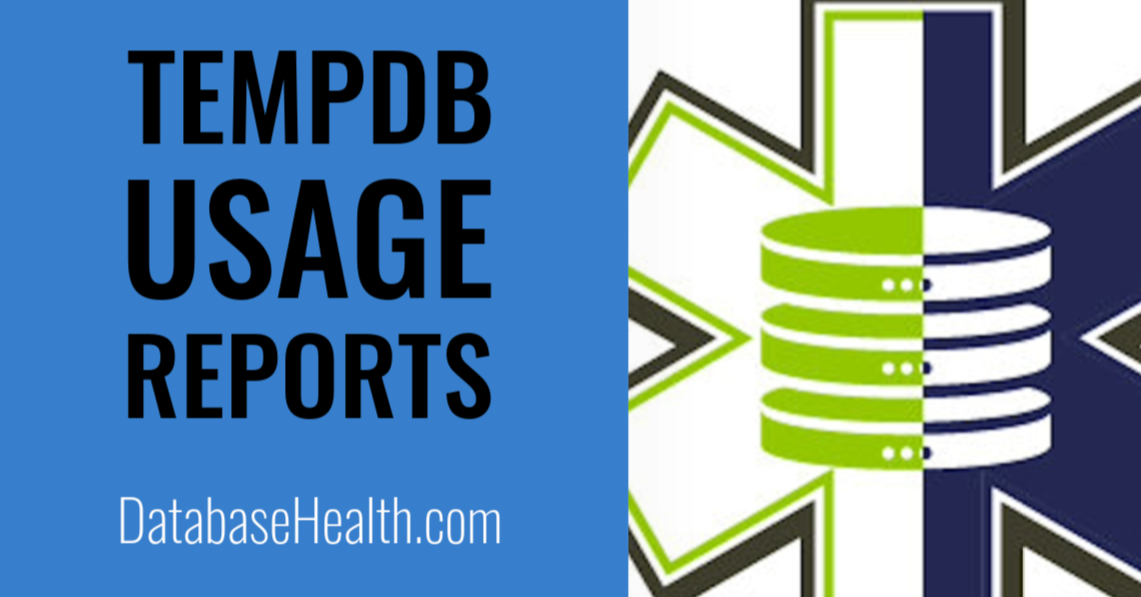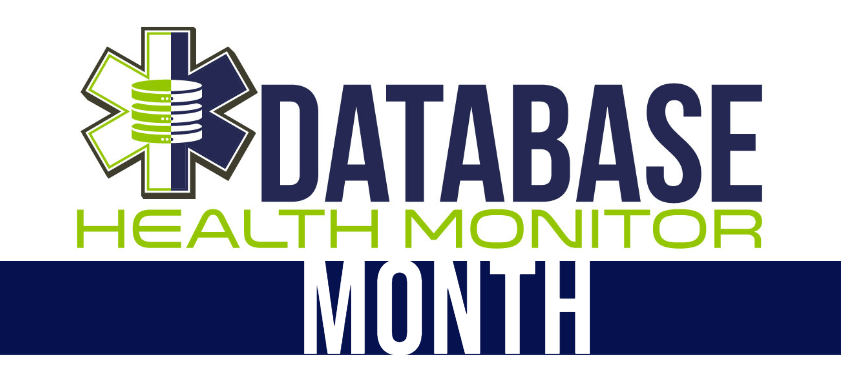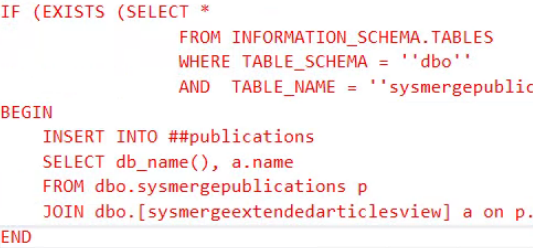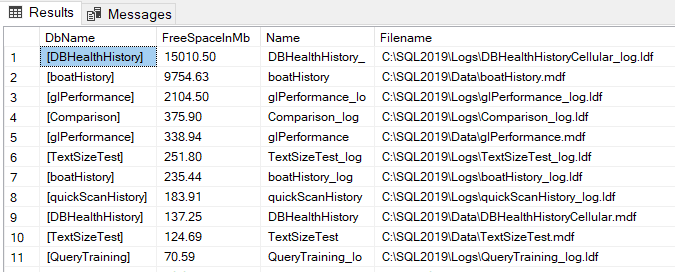Common SQL Server Mistakes and How To Avoid Them
Introduction: In my years of working with SQL Server, I’ve encountered a variety of common mistakes that can impact performance and database health. In this blog post, I’ll share these pitfalls and provide tips on how to avoid them. Remember, understanding these mistakes is the first step in enhancing your SQL Server’s Performance. Ignoring Database NormalizationNormalization is crucial for reducing …
Common SQL Server Mistakes and How To Avoid Them Read more »









